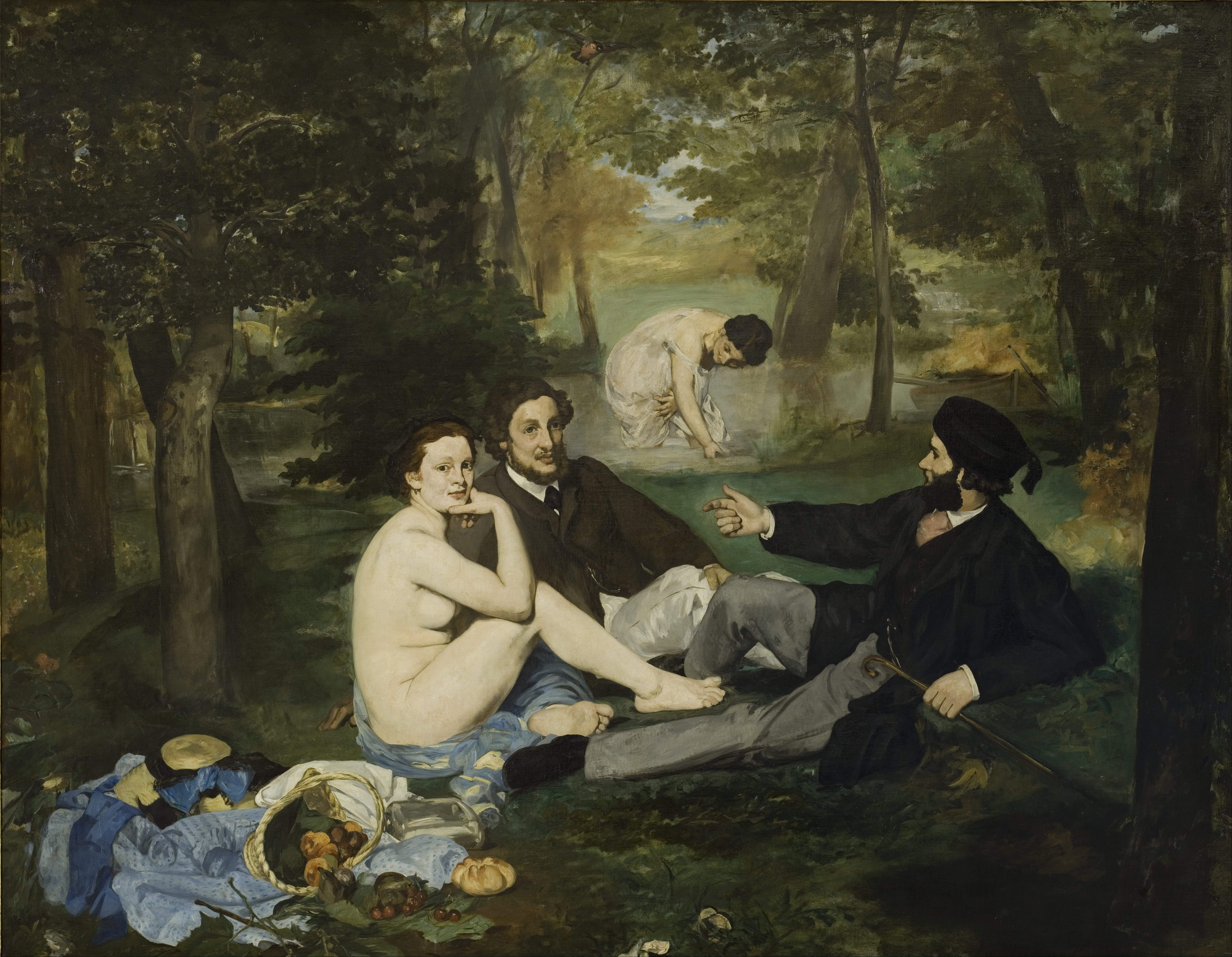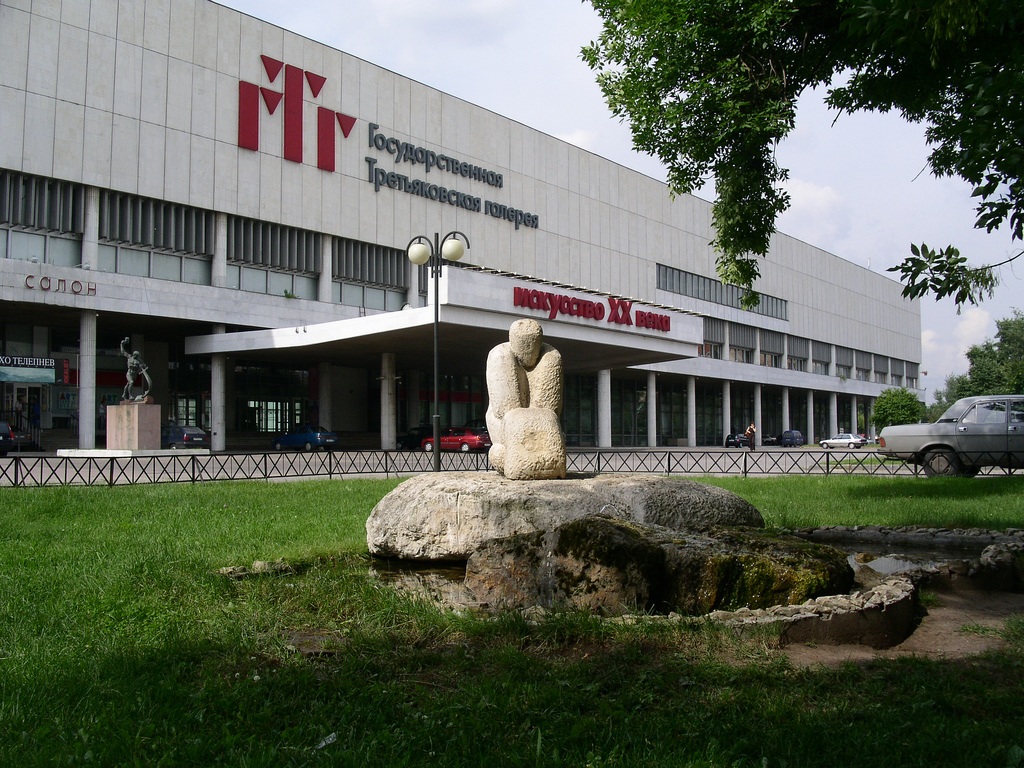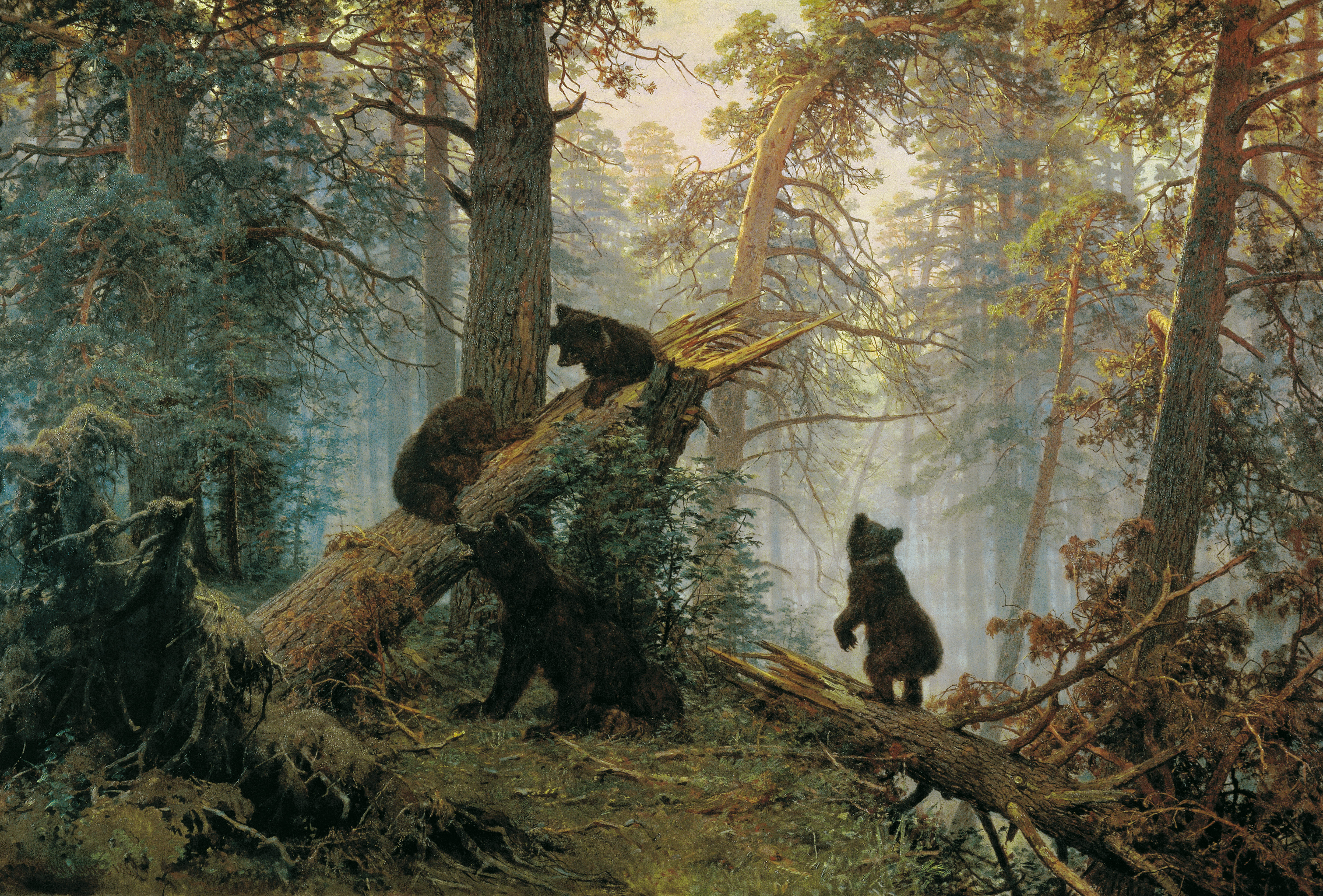|
Nikolai Clodt Von Jürgensburg
Nikolai Alexandrovich Clodt von Jürgensburg (, known in Russia as Nikolai Klodt, 14 October 1865 – 23 September 1918) was a Russian painter of landscape and, later in his life, theatre stage-designer.Nikolai Klodt at the Museum of Russian Impressionism site Biography Nikolai Klodt was born on 14 October 1865 in Saint Petersburg to an artistic family. The sculptor Peter Clodt von Jürgensburg was his grandfather. Two of his uncles, and Mikhail Clodt von Jürgensburg, Mikhail Konstantinovich Klodt, were well-known painters too. He studied at the Moscow School of Painting, Sculpture and Architecture which he graduated in 1886. Among his tutors were Vladimir Makovsky and Evgraf Semenovich Sorokin, Evgraf Sorokin.[...More Info...] [...Related Items...] OR: [Wikipedia] [Google] [Baidu] |
Saint Petersburg
Saint Petersburg, formerly known as Petrograd and later Leningrad, is the List of cities and towns in Russia by population, second-largest city in Russia after Moscow. It is situated on the Neva, River Neva, at the head of the Gulf of Finland on the Baltic Sea. The city had a population of 5,601,911 residents as of 2021, with more than 6.4 million people living in the Saint Petersburg metropolitan area, metropolitan area. Saint Petersburg is the List of European cities by population within city limits, fourth-most populous city in Europe, the List of cities and towns around the Baltic Sea, most populous city on the Baltic Sea, and the world's List of northernmost items#Cities and settlements, northernmost city of more than 1 million residents. As the former capital of the Russian Empire, and a Ports of the Baltic Sea, historically strategic port, it is governed as a Federal cities of Russia, federal city. The city was founded by Tsar Peter the Great on 27 May 1703 on the s ... [...More Info...] [...Related Items...] OR: [Wikipedia] [Google] [Baidu] |
Impressionism
Impressionism was a 19th-century art movement characterized by visible brush strokes, open Composition (visual arts), composition, emphasis on accurate depiction of light in its changing qualities (often accentuating the effects of the passage of time), ordinary subject matter, unusual visual angles, and inclusion of movement as a crucial element of human perception and experience. Impressionism originated with a group of Paris-based artists whose independent exhibitions brought them to prominence during the 1870s and 1880s. The Impressionists faced harsh opposition from the conventional art community in France. The name of the style derives from the title of a Claude Monet work, ''Impression, soleil levant'' (''Impression, Sunrise''), which provoked the critic Louis Leroy to coin the term in a Satire, satirical 1874 review of the First Impressionist Exhibition published in the Parisian newspaper ''Le Charivari''. The development of Impressionism in the visual arts was soon foll ... [...More Info...] [...Related Items...] OR: [Wikipedia] [Google] [Baidu] |
Vologda
Vologda (, ) is a types of inhabited localities in Russia, city and the administrative center of Vologda Oblast, Russia, located on the river Vologda (river), Vologda within the watershed of the Northern Dvina. Population: The city serves as a major transport hub of the Northwestern Federal District, Northwest of Russia. The Ministry of Culture (Russia), Ministry of Culture of the Russian Federation has classified Vologda as a historic city, one of 41 in Russia and one of only three in Vologda Oblast. The Russian Cultinfo website wrote that there were 224 monuments of historical, artistic and cultural importance in Vologda. History Foundation The official founding year of Vologda is 1147, File:LiAZ-5256.46 in Vologda.jpg, Bus LiAZ-5256 File:Pavlovo Bus «Aurora» 70.jpg, PAZ-4230 "Aurora" File:Mercedes-Benz bus 5.jpg, Mercedes-Benz O345 File:Ikarus 280.33 in Vologda - 2009.jpg, Ikarus 280 File:Vologda MAZ-206.jpg, Minsk Automobile Plant, MAZ-206 File:VMZ «Olimp» bus 3.j ... [...More Info...] [...Related Items...] OR: [Wikipedia] [Google] [Baidu] |
Kostroma
Kostroma (, ) is a historic city and the administrative center of Kostroma Oblast, Russia. A part of the Golden Ring of Russian cities, it is located at the confluence of the rivers Volga and Kostroma. In the 2021 census, the population is 267,481. History Under the Rurikids The official founding year of the city is 1152 by Yury Dolgoruky.Official website of KostromaKostroma Today/ref> Since many scholars believe that early Eastern Slavs tribes arrived in modern-day Belarus, Ukraine and western Russia AD 400 to 600, Kostroma could be much older than previously thought. The city has the same name as the East Slavic goddess Kostroma. Like other towns of the Eastern Rus, Kostroma was sacked by the Mongols in 1238. It then constituted a small principality, under leadership of Prince Vasily of Kostroma, a younger brother of the famous Alexander Nevsky. Upon inheriting the grand ducal title in 1271, Vasily didn't leave the town for Vladimir, and his descendants ruled Kostroma f ... [...More Info...] [...Related Items...] OR: [Wikipedia] [Google] [Baidu] |
Plyos, Ivanovo Oblast
Plyos () is a town in Privolzhsky District of Ivanovo Oblast, Russia, located on the right bank of the Volga River, northeast of Ivanovo, the administrative center of the oblast. Population: Paleontology Fossils of Early Triassic temnospondyls are known from Plyos. '' Wetlugasaurus angustifrons'' and '' Angusaurus weidenbaumi'' were found in the Lower Olenekian deposits. History It was founded in 12th century. Some years later the was founded. It was destroyed in 1238 by Mongols. A border post of the Grand Duchy of Moscow was founded in 1410 by Vasily I. It was granted town status in 1925. Administrative and municipal status Within the[...More Info...] [...Related Items...] OR: [Wikipedia] [Google] [Baidu] |
Russian Museum
The State Russian Museum (), formerly known as the Russian Museum of His Imperial Majesty Alexander III (), on Arts Square in Saint Petersburg, is the world's largest depository of Russian fine art. It is also one of the largest art museums in the world with a total area over 30 hectares. In 2022 it attracted 2,651,688 visitors, ranking twelfth on list of most-visited art museums in the world. Creation The museum was established on April 13, 1896, upon enthronement of the emperor Nicholas II to commemorate his father, Alexander III. Its original collection was composed of artworks taken from the Hermitage Museum, Alexander Palace, and the Imperial Academy of Arts. The task to restructure the interiors according to the need of future exposition was imposed on Vasily Svinyin. The grand opening took place on the 17 of March, 1898. After the Russian Revolution of 1917, many private collections were nationalized and relocated to the Russian Museum. These included Kazimir Ma ... [...More Info...] [...Related Items...] OR: [Wikipedia] [Google] [Baidu] |
Tretyakov Gallery
The State Tretyakov Gallery (; abbreviated ГТГ, ''GTG'') is an art gallery in Moscow, Russia, which is considered the foremost depository of Russian fine art in the world. The gallery's history starts in 1856 when the Muscovite merchant Pavel Mikhailovich Tretyakov acquired works by Russian artists of his day with the aim of creating a collection, which might later grow into a museum of national art. In 1892, Tretyakov presented his already famous collection of approximately 2,000 works (1,362 paintings, 526 drawings, and 9 sculptures) to the Russian nation. The museum attracted 894,374 visitors in 2020 (down 68 percent from 2019, due to the COVID-19 pandemic). It was 13th on the list of most-visited art museums in the world in 2020. The façade of the gallery building was designed by the painter Viktor Vasnetsov in a peculiar Russian fairy-tale style. It was built in 1902–04 to the south from the Moscow Kremlin. During the 20th century, the gallery expanded to several nei ... [...More Info...] [...Related Items...] OR: [Wikipedia] [Google] [Baidu] |
Peredvizhniki
Peredvizhniki (, ), often called The Wanderers or The Itinerants in English, were a group of Russian realism (arts), realist artists who formed an artists' cooperative in protest of academic restrictions; it evolved into the ''Society for Travelling Art Exhibitions'', in short ''Peredvizhniks'', in 1870. History In 1863 a group of fourteen students decided to leave the Imperial Academy of Arts in Saint Petersburg. The students found the rules of the Academy constraining; the teachers were conservative and there was a strict separation between high and low art. In an effort to bring art to the people, the students formed an independent artistic society; The Petersburg Artel of Artists, Cooperative of Artists (Artel). In 1870, this organization was largely succeeded by the Association of Travelling Art Exhibits (Peredvizhniki) to give people from the provinces a chance to follow the achievements of Russian Art, and to teach people to appreciate art. The society maintained indep ... [...More Info...] [...Related Items...] OR: [Wikipedia] [Google] [Baidu] |
Mariinsky Theatre
The Mariinsky Theatre (, also transcribed as Maryinsky or Mariyinsky) is a historic opera house in Saint Petersburg, Russia. Opened in 1860, it became the preeminent music theatre of late 19th-century Russia, where many of the stage masterpieces of Tchaikovsky, Mussorgsky, and Rimsky-Korsakov received their premieres. Through most of the Soviet era, it was known as the Kirov Theatre. Today, the Mariinsky Theatre is home to the Mariinsky Ballet, Mariinsky Opera and Mariinsky Theatre Orchestra, Mariinsky Orchestra. Since Yuri Temirkanov's retirement in 1988, the conductor Valery Gergiev has served as the theatre's general director. Name The theatre is named after Maria Alexandrovna (Marie of Hesse), Empress Maria Alexandrovna, wife of Alexander II of Russia, Tsar Alexander II. There is a bust of the Empress in the main entrance foyer. The theatre's name has changed throughout its history, reflecting the political climate of the time: * 1860 – 1920: Imperial Mariinsky Theatre () ... [...More Info...] [...Related Items...] OR: [Wikipedia] [Google] [Baidu] |
Götterdämmerung
' (; ''Twilight of the Gods''), Wagner-Werk-Verzeichnis, WWV 86D, is the last of the four epic poetry, epic music dramas that constitute Richard Wagner's Literary cycle, cycle ''Der Ring des Nibelungen'' (English: ''The Ring of the Nibelung''). It received its premiere at the on 17 August 1876, as part of the first complete performance of the whole work. The title is a German calque of the Old Norse phrase ', which in Norse mythology refers to a prophesied war among various beings and gods that ultimately results in the burning, immersion in water, and renewal of the world. As with the rest of the ''Ring'', however, Wagner's account diverges significantly from these Old Norse sources. The autograph manuscript of the work is preserved in the Richard Wagner Foundation. Composition Roles Synopsis Prologue Prelude to the Prologue ''Scene 1'' The three Norns, daughters of Jörð, Erda, the goddess of Nature, gather beside Brunhild, Brünnhilde's rock, weaving the W ... [...More Info...] [...Related Items...] OR: [Wikipedia] [Google] [Baidu] |
Richard Wagner
Wilhelm Richard Wagner ( ; ; 22 May 181313 February 1883) was a German composer, theatre director, essayist, and conductor who is chiefly known for his operas (or, as some of his mature works were later known, "music dramas"). Unlike most opera composers, Wagner wrote both the libretto and the music for each of his stage works. Initially establishing his reputation as a composer of works in the romantic vein of Carl Maria von Weber and Giacomo Meyerbeer, Wagner revolutionised opera through his concept of the ''Gesamtkunstwerk'' ("total work of art"), whereby he sought to synthesise the poetic, visual, musical and dramatic arts, with music subsidiary to drama. The drama was to be presented as a continuously sung narrative, without conventional operatic structures like Aria, arias and Recitative, recitatives. He described this vision in a List of prose works by Richard Wagner, series of essays published between 1849 and 1852. Wagner realised these ideas most fully in the first ... [...More Info...] [...Related Items...] OR: [Wikipedia] [Google] [Baidu] |
Alexandre Benois
Alexandre (Alexander) Nikolayevich Benois (; Salmina-Haskell, Larissa. ''Russian Paintings and Drawings in the Ashmolean Museum''. pp. 15, 23-24. Published by Ashmolean Museum, 19899 February 1960) was a Russian artist, art critic, historian, preservationist and founding member of '' Mir iskusstva'' ("World of Art"), an art movement and magazine.Owen, Bobbi. ''Costume Design on Broadway: Designers and Their Credits, 1915-1985''. p. 19 Greenwood Press: New York, 1987 As a designer for the Ballets Russes under Sergei Diaghilev, Benois exerted what is considered a seminal influence on the modern ballet and stage design. Early life and education Alexandre was born into the artistic and intellectual Benois family, prominent members of the 19th- and early 20th-century Russian intelligentsia. His mother Camilla (Russian: Камилла Альбертовна Кавос, and then Бенуа) was the granddaughter of Catterino Cavos. His father was Nicholas Benois, a Russian archite ... [...More Info...] [...Related Items...] OR: [Wikipedia] [Google] [Baidu] |






